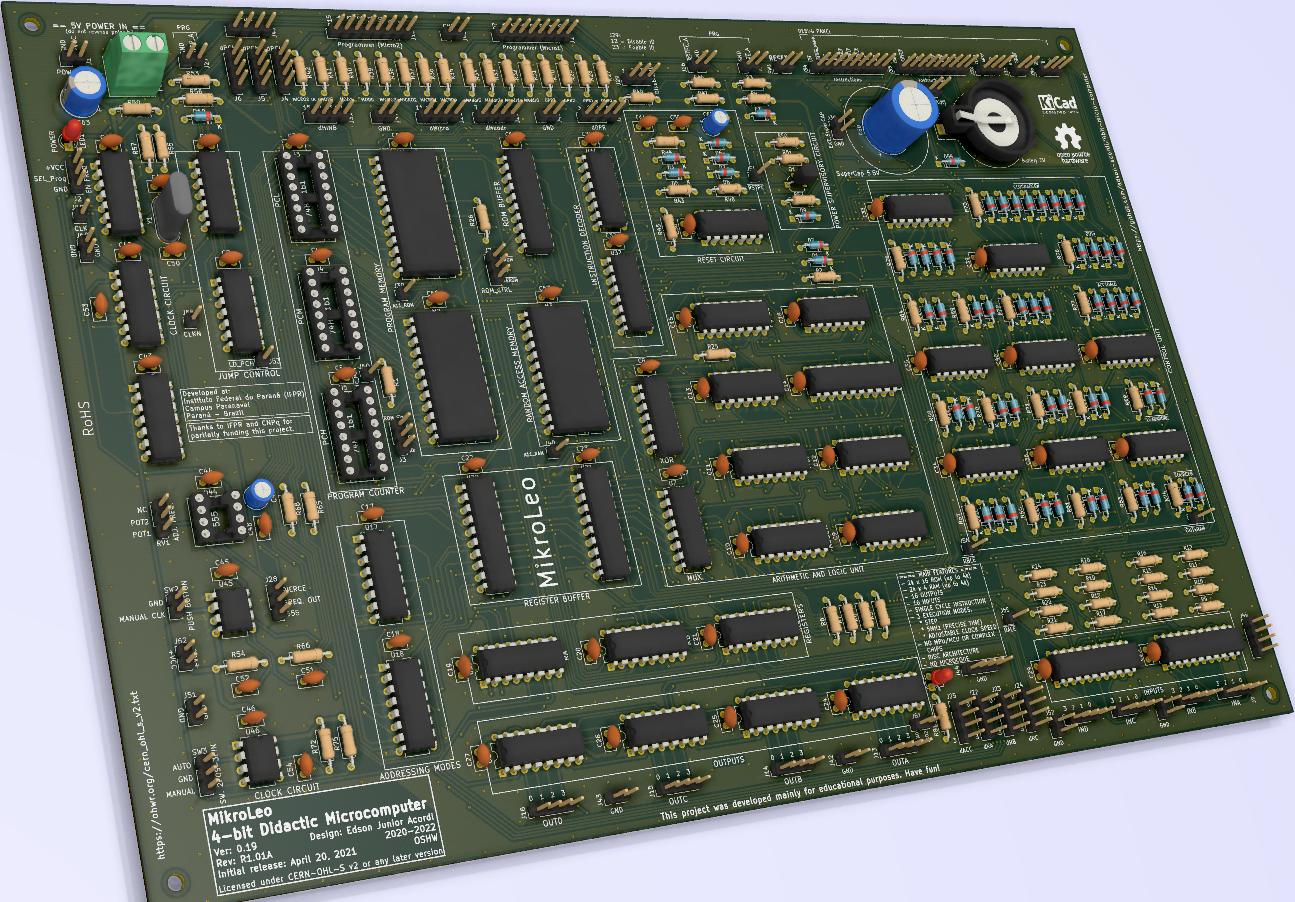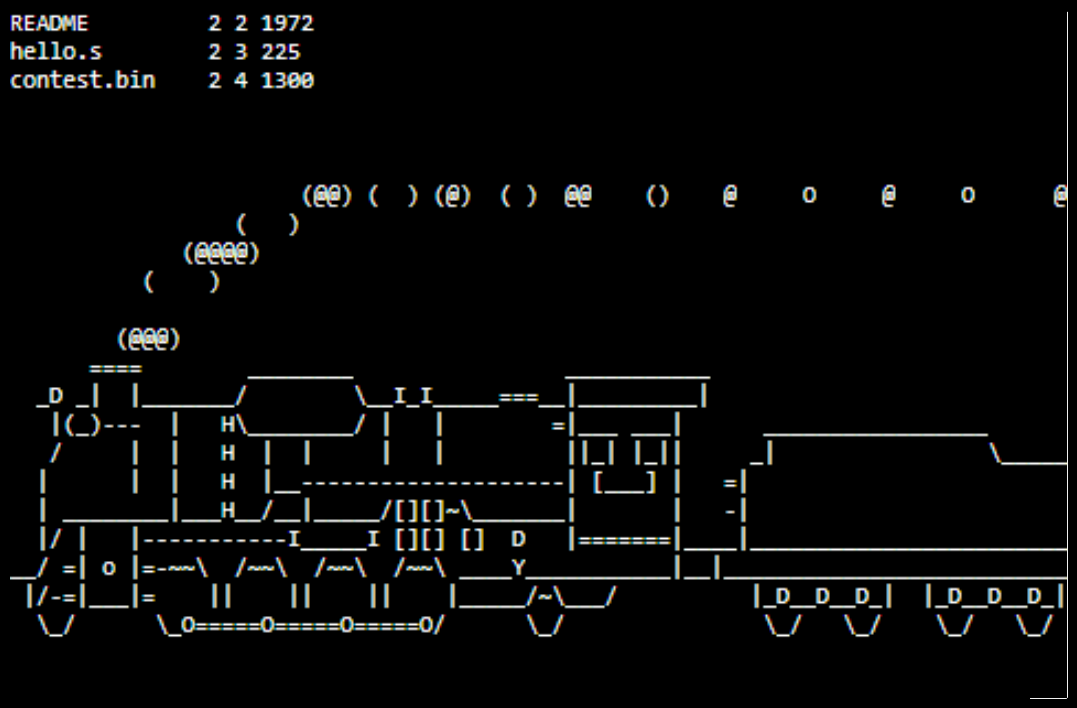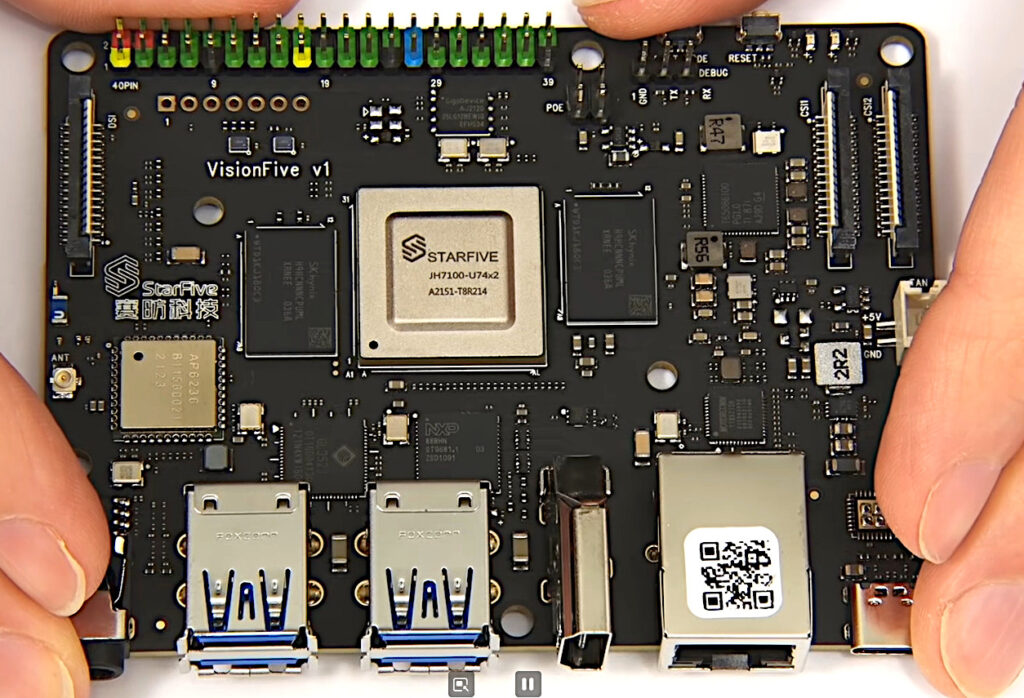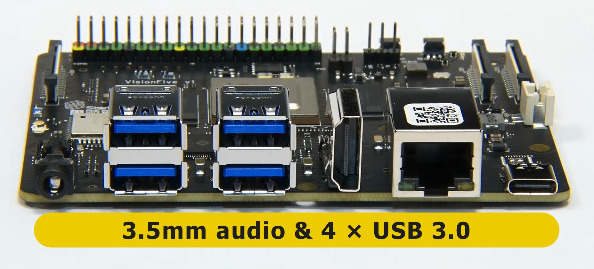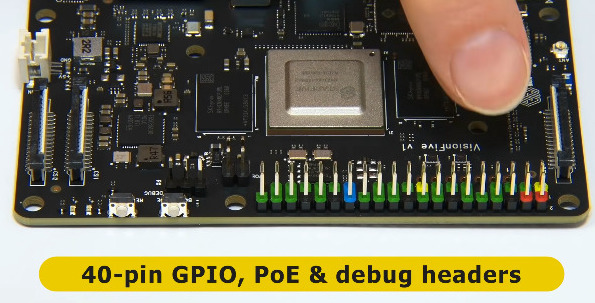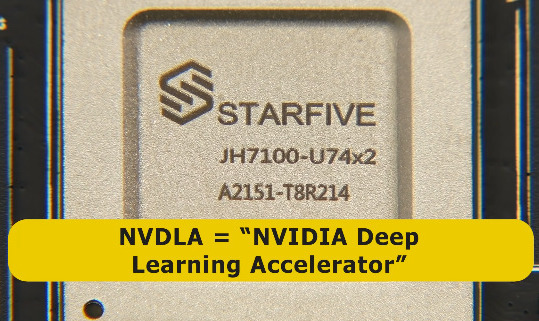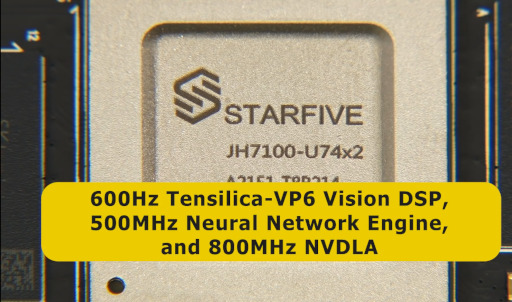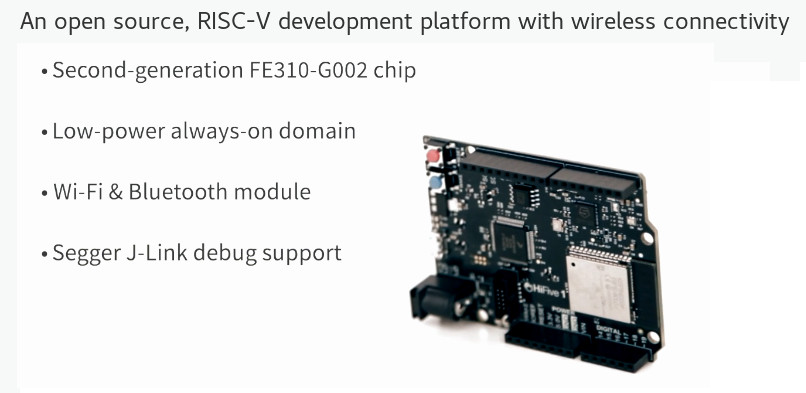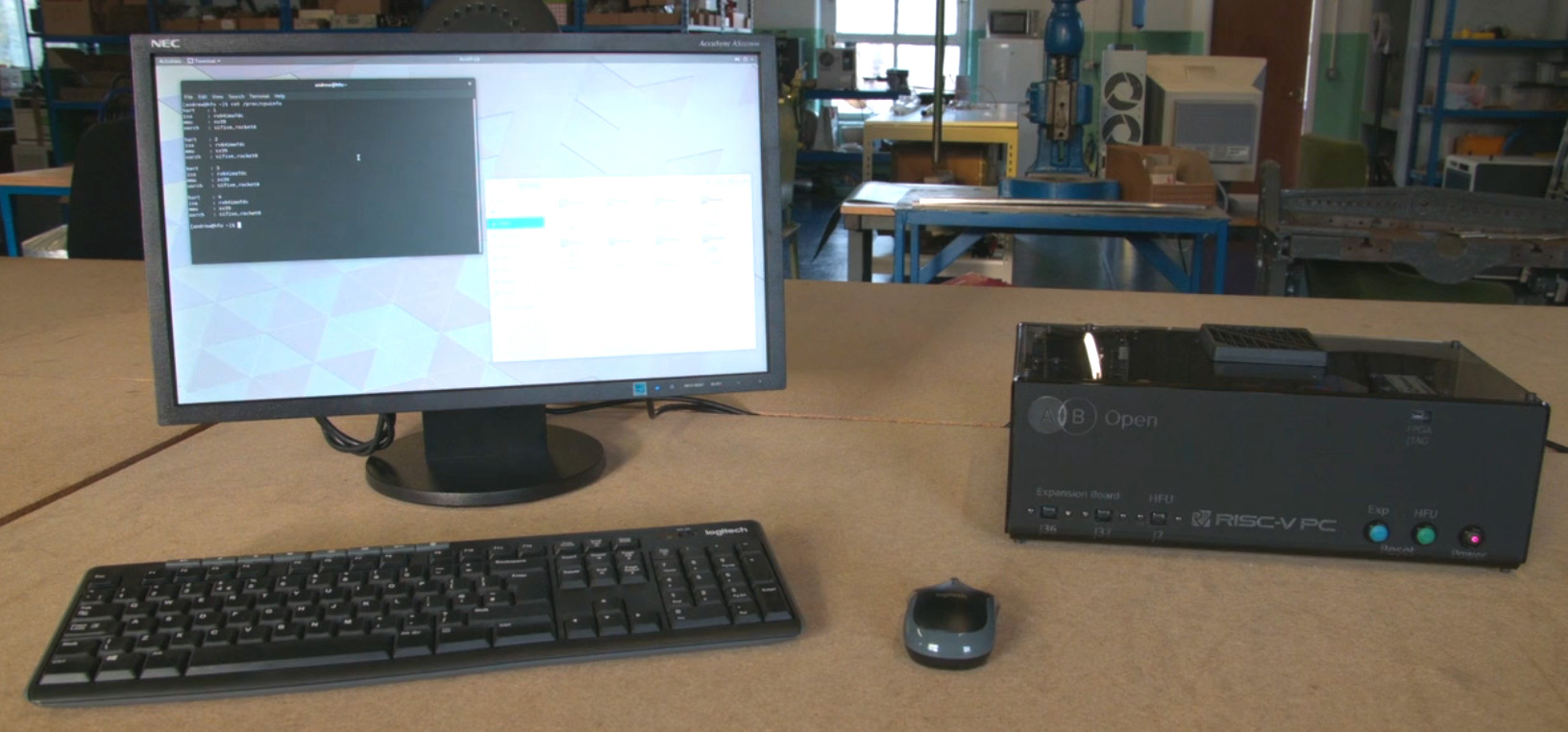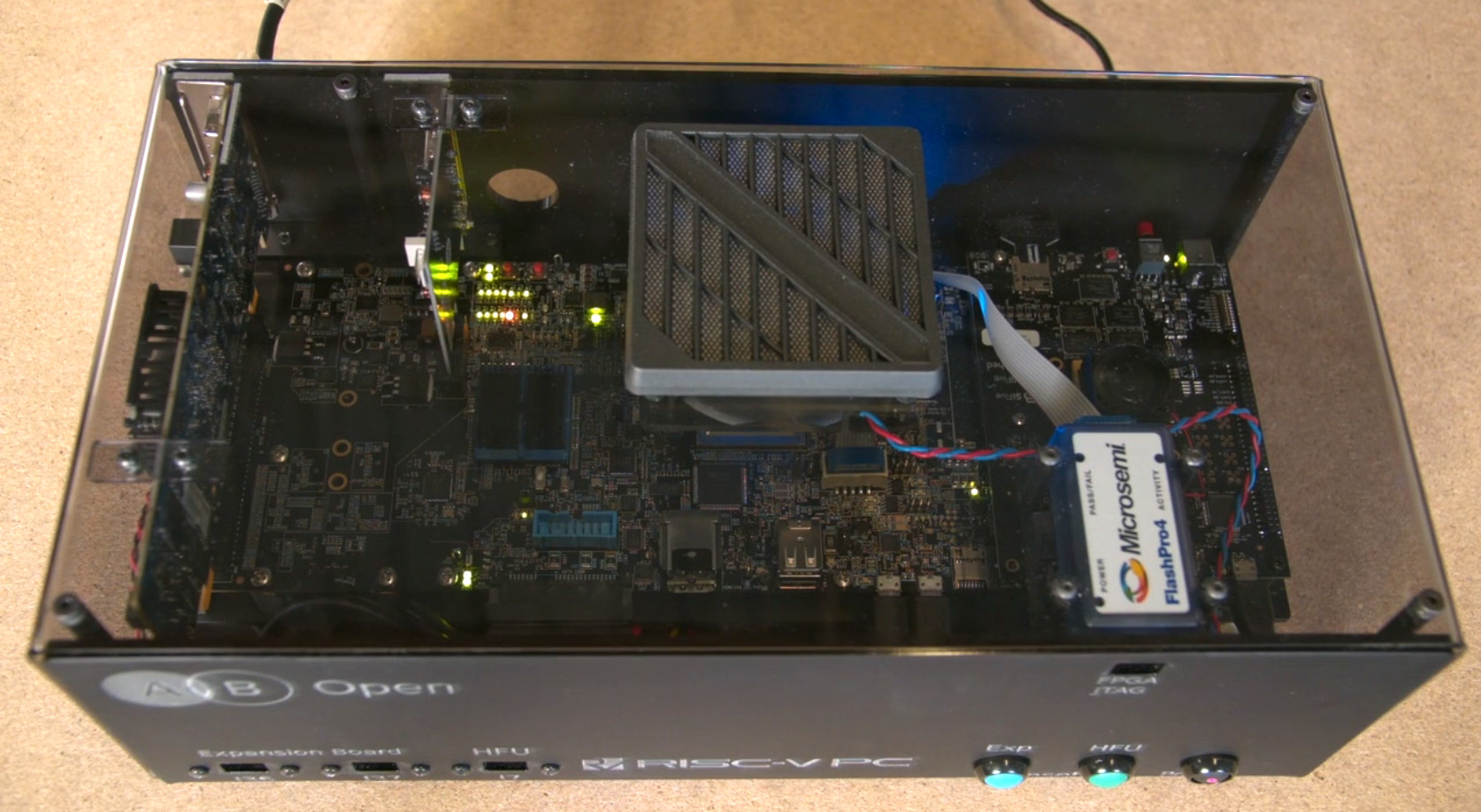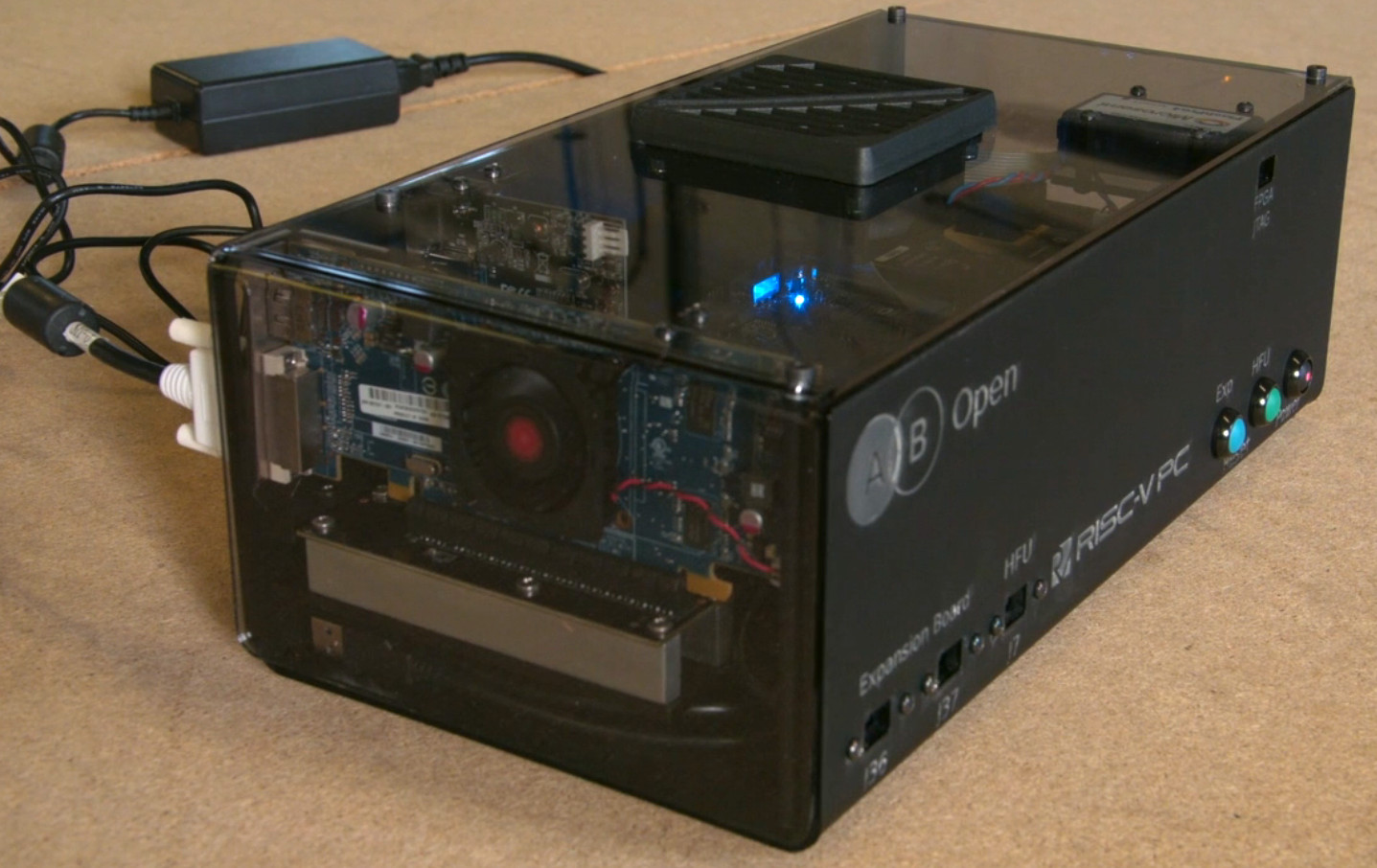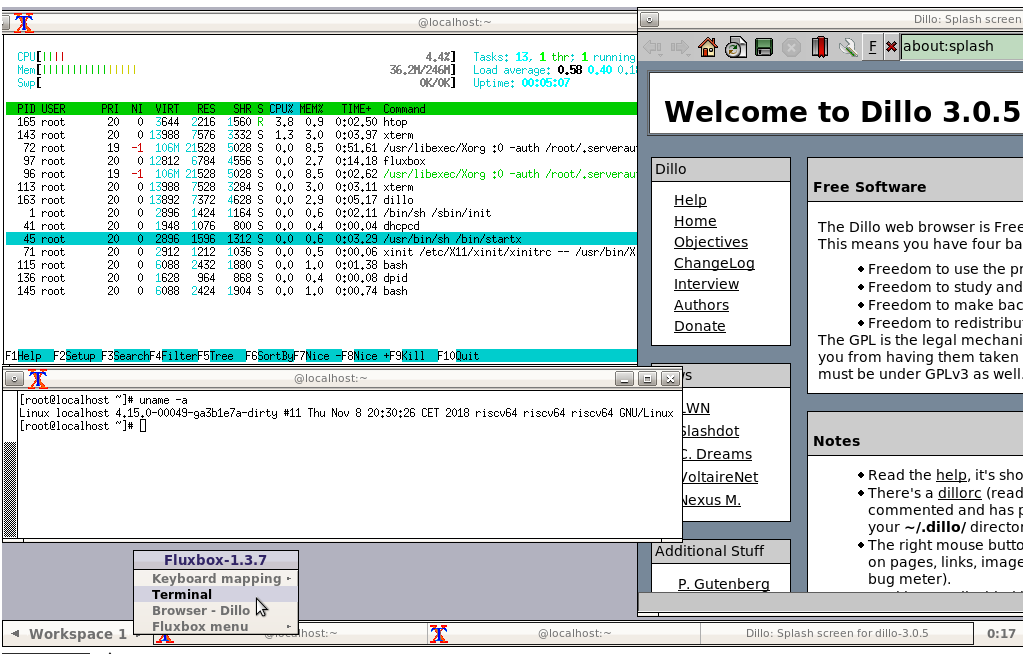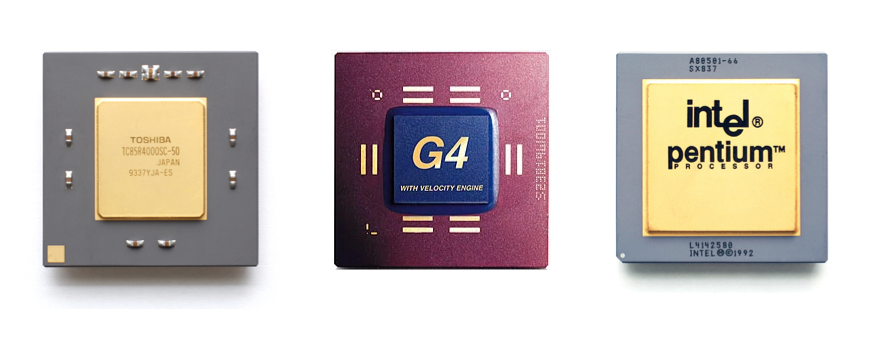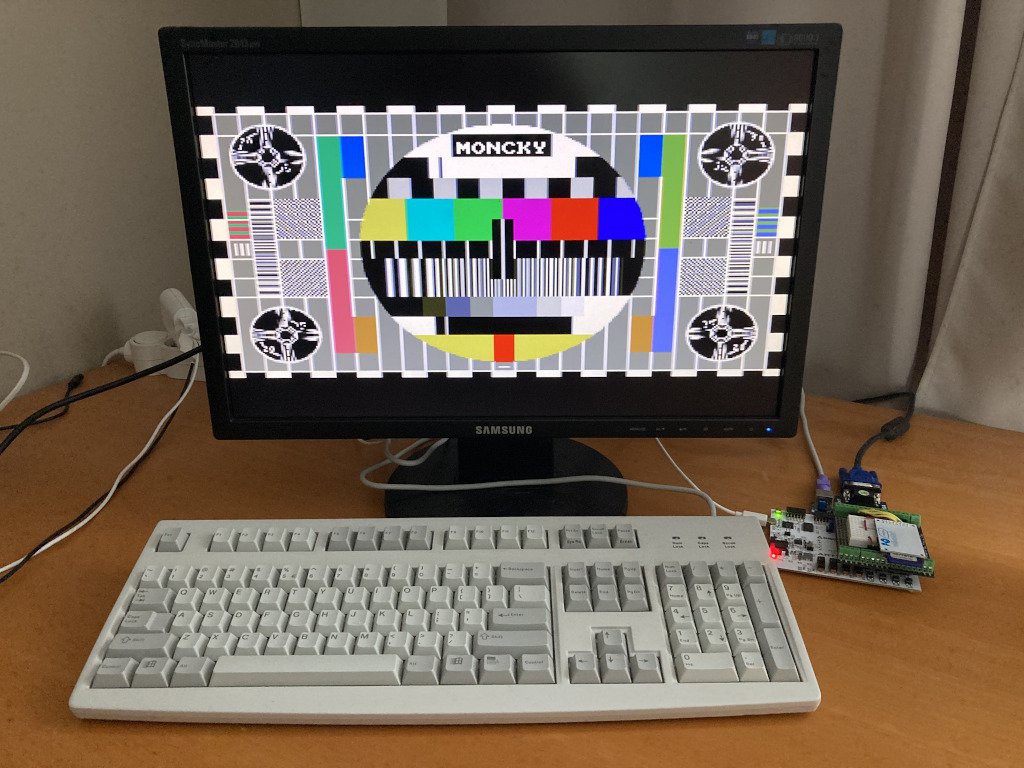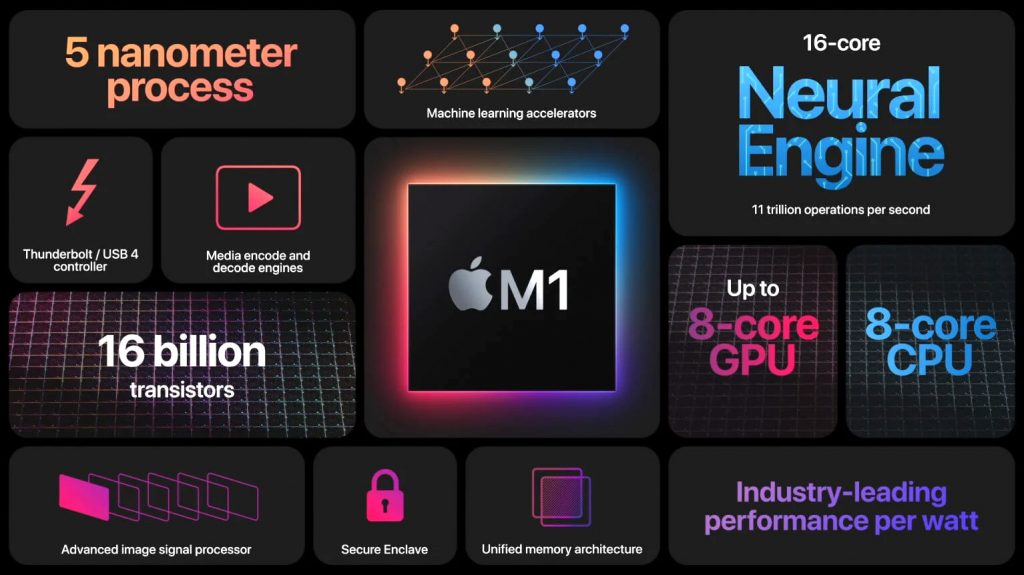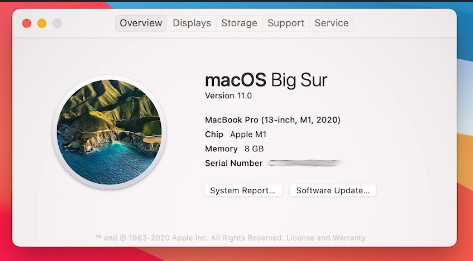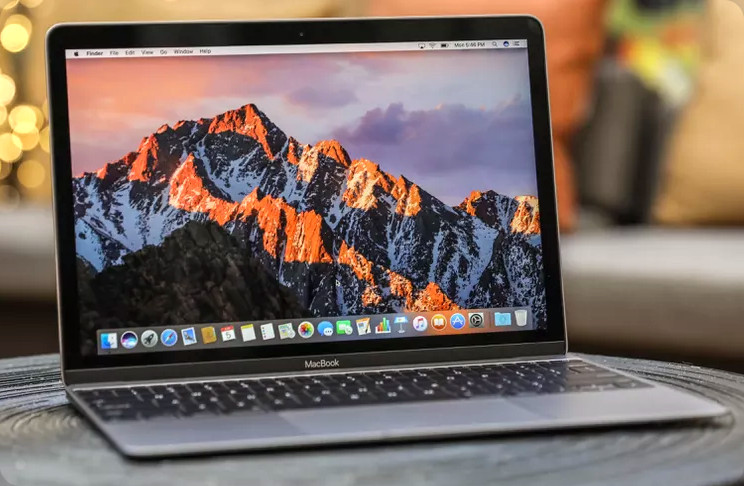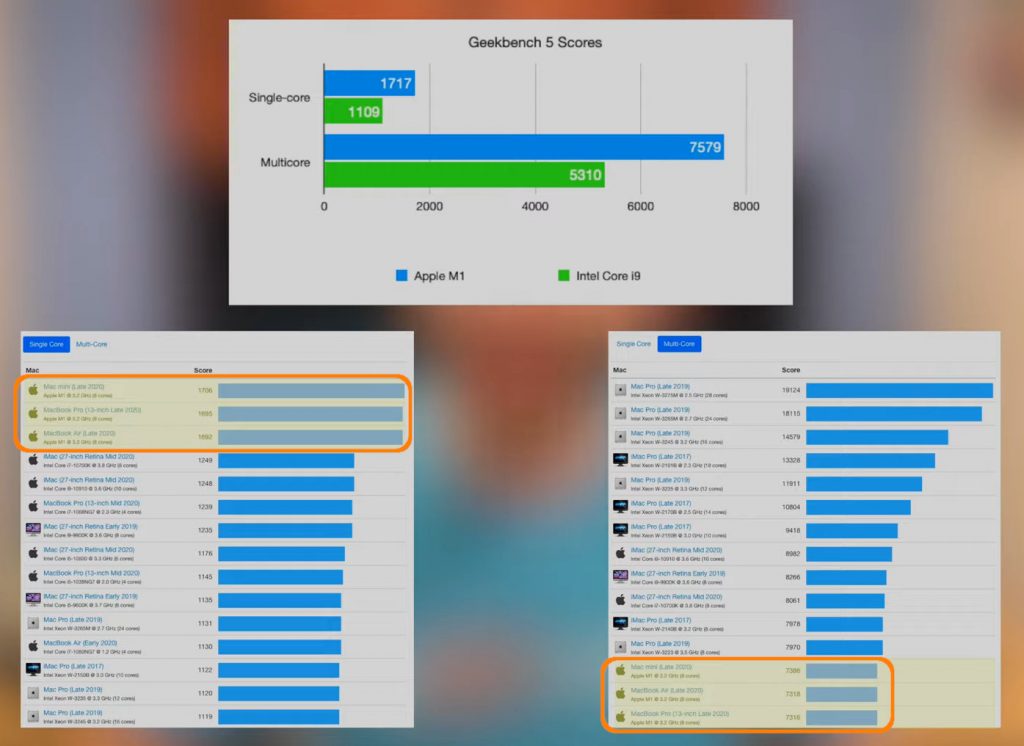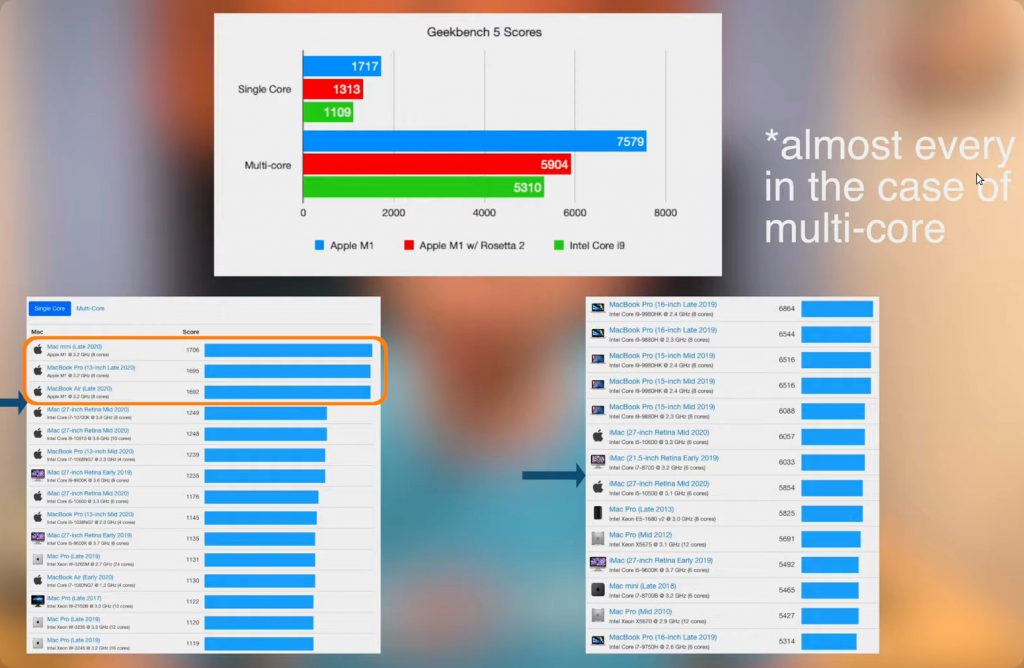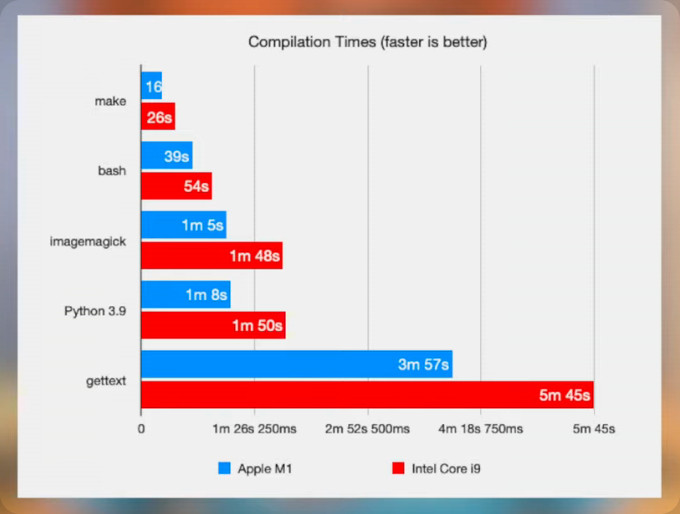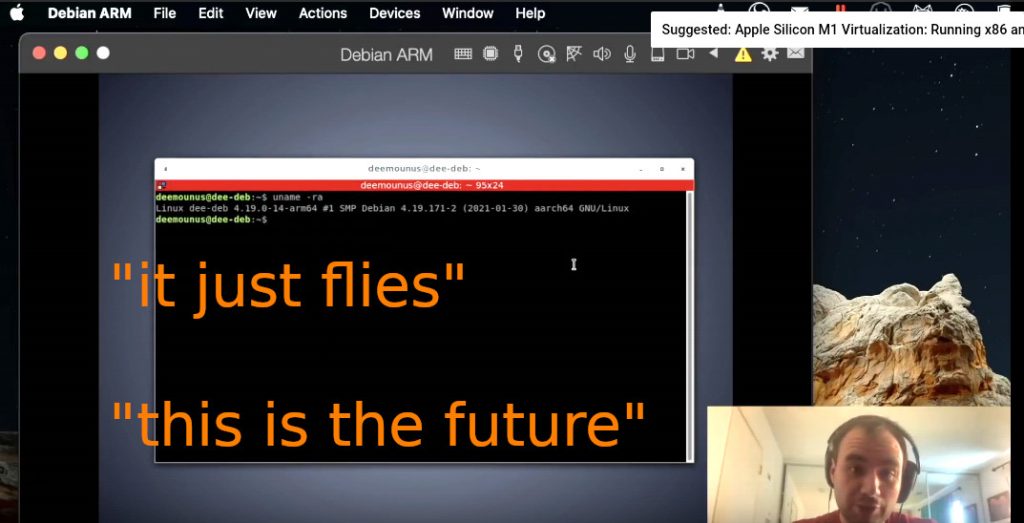One person like that
#risc
One person like that
3 Likes
1 Shares
L' #informatique #personnelle en 1986 - Tech'Antik - Phot'antik par #MickaelMinarie

https://www.youtube.com/watch?v=Bv48zCXcGvQ
En 1986, l'informatique continue d’évoluer avec l'apparition du 386, l'informatique dans les foyers, le #minitel, le début des IA et des simulations...
Je remercie les donateur sur la video sur 1985 qui m'ont permis de continuer les videos malgre les soucis que j'ai actuellement.
Merci a https://abandonware-magazines.org , https://acpc.me/ https://archive.org/ et http://empichon72.free.fr qui m'ont permis de trouver la plupart des informations et capture trouvée pour cette vidéos.
Les émulateurs utilisé lors des capture sont Caprice, Pcem, Pcjs et DCmoto.00:00 - Start
00:34 - La fin du premier #PC
01:01 - Les compatibles #IBM AT
01:58 - les premiers 386
02:57 - chez IBM
04:05 - Les compatibles "low cost"
04:37 - l' #amstrad PC 1512
05:55 - Le #Macintosh plus
07:08 - #Apple IIgs
08:21 - Le premier #Amiga
09:44 - #Atari ST
17:34 - Calculatrice graphique
17:51 - #CDROM
18:33 - Les premiers #RISC
19:50 - #Processeur #français et IA
20:02 - Turbo #Pascal 3 et Quick #Basic 2
22:18 - #LCD couleur
23:39 - #musique et #son sur les #ordinateurs
24:04 - #réseaux et minitel
24:44 - Les #jeux
#retrocomputer #histoire #computer
3 Likes

10.10.2023 Support für teure Apple Watches eingestellt
Apple trifft auch die Reichen und Schönen
Ein "Markenzeichen" von Apple Produkten ist in der öffentlichen Meinung, dass deren Produkte zwar teurer sind als die Konkurrenz, aber dafür bekommt man etwas Solides und auch lebenslangen Support.
Pustekuchen
Dass es sich dabei um Fake News handelt, müssen nun auch die Reichen und Schönen erfahren. Während die nebenstehend abgebildete Uhr noch immer voll funktioniert, gilt das nicht für die $10,000 to $17,000 18-karat gold Apple Watch aus dem Jahr 2015, deren Support mit watchOS 4.3.2 endet. Aber es gibt nicht nur keinen Software Support, sondern auch Ersatzteile werden dafür nicht mehr zur Verfügung gestellt.
Auch wenn wir mit Menschen, die über 10.000€ für eine Armbanduhr ausgeben wenig Mitgefühl entwickeln können, so erinnert uns das Vorgehen des Konzerns an seinen mehr als ruppigen Umgang mit seinen Kunden beim Wechsel der Hardware in den letzten 30 Jahren.
Vom Motorola Chip wechselte Apple in den 90-iger Jahren auf RISC Prozessoren, dann nach der Jahrtausendwende auf Intel und nun produzieren sie eigene Hardware. Jeder dieser Wechsel erzwang bei den Kunden neben dem Kauf der neuen Geräte auch einen kompletten kostenpflichtigen Wechsel der Software.
Innovation als sportliche Übung zum Wohle eines Internetgiganten ...
Mehr dazu bei https://www.theverge.com/2023/10/2/23900158/apple-watch-edition-gold-2015-obsolete-unsupported-beyonce
Kategorie[21]: Unsere Themen in der Presse Short-Link dieser Seite: a-fsa.de/d/3wF
Link zu dieser Seite: https://www.aktion-freiheitstattangst.org/de/articles/8550-20231010-support-fuer-teure-apple-watches-eingestellt-.htm
Link im Tor-Netzwerk: http://a6pdp5vmmw4zm5tifrc3qo2pyz7mvnk4zzimpesnckvzinubzmioddad.onion/de/articles/8550-20231010-support-fuer-teure-apple-watches-eingestellt-.html
Tags: #Apple #SmartWatches #Erstzteile #Hardware #Softwaresupport #lebenslang #Ergonomie #Transparenz #Informationsfreiheit #Motorola #RISC #Intel #Verhaltensänderung #Smartphone #Handy #wearables
3 Likes
5 Likes
2 Likes
2 Likes
One person like that
3 Likes
Update: 2022: RISC-V Dual Core SoC for 179 bucks!
https://riscv.org/blog/2021/03/risc-v-star-rising-from-the-east-introducing-starfive/
keep an eye on: RISC-V SoCs: https://riscv.org/exchange/
2018-04: RISC-V CPUs not affected by spectre & meltdown
“No announced RISC-V silicon is susceptible, and the popular open-source RISC-V Rocket processor is unaffected as it does not perform memory accesses speculatively.” (2018-01-05 src)
“If you’re selling an IoT sensor for 1 USD, how can you suddenly triple your costs by integrating secure technology, either forcing your market to bear the weight (if it will), or forcing your own company to vastly decrease its profit margins. None of this is sustainable in an ecosystem where the average ARM Cortex-M0+ costs under 0.60 USD per unit at volume with no trusted element.
My solution? RISC-V. With custom, open source, RISC-V processing technology, we can build secure processors with trust elements at a fraction of the cost of ARM processors. Integrating the RISC-V architecture into Lab Mouse, we can then offer a secure platform that is finally cost-effective.
So, in 2016, I researched the RISC-V architecture and joined the RISC-V consortium. I currently sit on the Debug, Security, and general ISA groups and hope to soon get back to participating more heavily. In 2017 at Hack in the Box Amsterdam, I demonstrated security flaws in the RISC-V processor architecture that are now resolved, proving that I put in the effort to research the architecture to ensure it is resilient enough for use in the Lab Mouse solution.” (src)
RISC-V hardware
would definitely recommend to support this project.: if one has little money:
https://www.crowdsupply.com/sifive/hifive1-rev-b ($60)
with massive amounts of money… https://www.crowdsupply.com/sifive/hifive-unleashed ($1000)
+ https://www.crowdsupply.com/microsemi/hifive-unleashed-expansion-board ($2000)
full blown RISC-V PC:
one can even build one’s own risc-v pc: (one can only hope that mass production will bring prices down)
https://abopen.com/news/building-a-risc-v-pc/
is still pretty expensive
microsemi offers a sata adapter for $2000
… but with $2000 also PRETTY EXPENSIVE.
RISC-V emulator in Javascript? JSLinux
Run Linux or other Operating Systems in your browser!
The following emulated systems are available:
CPUOS (Distribution)User
InterfaceVFsync
accessStartup
LinkTEMU
ConfigCommentx86Linux 4.12.0 (Buildroot)ConsoleYesclick hereurlx86Linux 4.12.0 (Buildroot)X WindowYesclick hereurlRight mouse button for the menu.x86Windows 2000GraphicalNoclick hereurlDisclaimer.x86FreeDOSVGA TextNoclick hereurlriscv64Linux 4.15.0 (Buildroot)ConsoleYesclick hereurlriscv64Linux 4.15.0 (Buildroot)X WindowYesclick hereurlRight mouse button for the menu.riscv64Linux 4.15.0 (Fedora 29)ConsoleYesclick hereurlWarning: longer boot time.riscv64Linux 4.15.0 (Fedora 29)X WindowYesclick hereurlWarning: longer boot time. Right mouse button for the menu.© 2011-2018 Fabrice Bellard – News – VM list – FAQ – Technical notes
as seen in:
http://bofh.nikhef.nl/events/FOSDEM/2019/AW1.126/riscvfedora.webm
http://bofh.nikhef.nl/events/FOSDEM/2019/AW1.126/riscvfedora.webm
what else is out there https://www.crowdsupply.com/search?q=HiFive
#linux #gnu #gnulinux #opensource #administration #sysops #riscv #browser #js #javascript #fedora #crazy #pc #risc #alternative #alternatives #hardware
Originally posted at: https://dwaves.de/2019/10/08/starfive-risc-v-dual-core-soc-for-179-bucks-building-a-riscv-pc-risc-v-fedora-emulator-in-javascript-in-browser/
5 Likes
1 Shares
Why Did Intel x86 Beat RISC Processors in the 1990s?
RISC workstations from companies such as Sun, Silicon Graphics and NeXT battled Intel in the 90s and lost. Will the same happen with Arm and RISC-V?
Whenever I write about the ascent of modern RISC processors such as Arm and RISC-V, I always get comments about how RISC processors failed to take on Intel in the past and that they are doomed to fail again.
It is true that there was a battle between RISC and CISC processors in the 1990s. At the time workstations from companies such as Sun, Silicon Graphics and NeXT were hot stuff. Computers magazines had lots of stories about them. I remember going to conferences back then and seeing mostly Unix workstations rather than Windows machines. However within relatively few years these Unix workstations were pretty much all gone.
The question people cannot stop asking is: Why would history not repeat itself? Will x86 not always end up victorious in the end?
To understand why this will not happen this time around, we need to understand why RISC workstations lost back in the day and why the everything will be different this time around.
Intel’s Volume Advantage in the 90s
Production volume matters a lot when it comes to cost of chips. Large and advanced independent chip manufacturers such as Taiwan Semiconductor Manufacturing Company (TSMC), which make chips for Apple and many others today, did not exist in the 90s.
The one who had the most advanced manufacturing capability and the highest volume was Intel. RISC processors at the time were cheaper to design as they were simpler. However lower volume meant higher unit price.
Intel had the opposite situation. They had much higher design costs as the x86 instruction-set made chips harder to design. However, due to their volume they could produce chips at lower cost per unit.
For high-end workstations which would be low volume, there was an obvious advantage with RISC chips. You could design higher performance chips at lower cost. For low volume workstations Intel would not be able to compete as the their design cost could not be amortized across enough volume of chips.
The Unix workstations ended up with advanced custom made hardware at every level which supported all sorts of fancy features such as hot-plugging hardware at runtime, extremely fast memory. I think some workstations even let you add a CPU while it was running but don’t quote me on that.
Combined this produced awesome RISC machines at eye-watering prices.
Open vs Closed Platform
Closed platforms may give better overall user experience, just look at Apple. The problem is that you end up with premium prices. All the RISC workstation vendors were like Apple: They sold premium products at premium prices.
The problem with such a business model is that the low-end competitor always end up improving and closing in on you. The low-end has the benefit of volume which means high-end products very often lose out to low-end products moving up the value chain.
The Threat of “Good Enough”
The problem for RISC based workstations was that eventually PCs started getting good enough. They still had flaws compared to RISC based workstations but the PCs could offer far more software and much lower prices. Thus Intel started gradually eating into the market of RISC workstations which then had to decide whether to fight in the low-end of their business or try to race ahead at the high-end.
With higher volume and higher total profits, Intel could afford to throw a lot more money at designing chips than the RISC guys. They could also use smaller node sizes to increase performance without actually having better designed chips than the RISC guys. This made Intel gradually erode the RISC advantage.
They never stood a chance because they began at the high-end not the low end.
Why RISC Today is Totally Different From the 90s
Today the chip game is completely reverse. Arm did not start by selling high-end RISC workstations. Instead they began by dominating the low-end chips market made up of micro-controllers, embedded devices, dumb phones and smart phones. In 2020 25 billion Arm based chips got shipped. In comparison the whole PC market in 2020 was 275 million units. Think about that! That is an order of magnitude difference.
Here is a crazy fact few seem to have picked up about the world we live in today. People are used to thinking about Apple as being the small player. Macs have about 10% marketshare of the computer market. So in people’s mind Apple is a small player. What people fail to take into account is how dominant smart phones and tablets have become. An iPhone today frequently costs significantly more than a desktop computer or laptop. You got plenty of smart phones capable of outperforming low-end PCs.
These devices have high end CPUs in them. Many of Apple’s iPad models have M1 chips inside. The very same chip used in many of their popular desktops and laptops. Thus in terms of CPU capability it does not make that much sense to separate these markets. So here is a simple statistics that will blow your mind: Apple shipped a total of 285 million iPhones, iPads and Macs in 2020.
Thus there are more CPUs going into Apple products than there are CPUs going into the whole PC market. Thus being king-of-the-hill in the PC market isn’t that big of a deal. This market is what Intel owns but it simply isn’t that big of a market. Apple alone are making of CPUs than Intel.
So if you look at the whole Arm market it is clear that the idea that x86 is still the dominant player is just ludicrous. Arm already won. Intel and AMD today are where the RISC workstation guys were in the 90s. They god the high high-end while facing a high-volume competitor which is rapidly catching up.
x86 Performance Edge is Not Going to Hold
The fastest super computers today are built using Arm not x86 chips. Intel and AMD are able to outperform the chips made by Apple but only at the cost of insane power usage. That is not a sustainable strategy to maintain an edge. Apple has the clear lead in terms of performance per watt. Now Apple cares more about slim design and long battery life than Intel and AMD which both make a lot of money on delivering to data centers. Thus they are not directly competing across the whole product lineup.
But other companies such as Amazon, Ampere and Nvidia are making Arm chips for data centers which will compete directly with AMD and Intel. Ampere has their Ampere Altra Max with 128 Arm Neoverse N1 cores. The Altra outperforms the AMD EPYC 7763 with 64 cores which is regarded as the fastest x86 CPU. Amazon has come out with their Graviton3 chip with 64 Neoverse V1 cores. Meanwhile Nvidia has announced their Grace super-chip which will have 144 Neoverse V2 cores.
It might be interesting to note the difference between the Neoverse N and V cores. The N variants are for traditional server workloads while the V variants are for high performance computing (HPC). With HPC we typically mean scientific oriented workloads such as machine learning, lots of matrix multiplications and other floating-point operations.
So you can imagine you might want the Neoverse N cores for hosting databases and web-servers while you would use Neoverse V for machine learning, data analysis, simulations etc.
The important point is that Arm chips exist for all markets. Apple make the Arm chips that can compete in the desktop and laptop consumer space. Amazon, Ampere and Nvidia supplies the Arm chips which can compete in data centers.
But x86 won in the 90s over RISC! Sorry but the rules have changed. Arm has higher volume today and Arm chip makers have access to equal or superior manufacturing through companies such as TSMC.
What About RISC-V?
It is not just when talking about Arm chips that the x86 victory over RISC in the 1990s is mentioned. It is also a point raised whenever somebody talks about the future of RISC-V. Again exactly the same story applies to RISC-V as with Arm. RISC-V chips can in principle be built by TSCM so there is no node size advantage for Intel.
What about volume? RISC-V like Arm is starting at the low end where volume is high. RISC-V processors are going into hard drive controllers, mice, keyboard, bluetooth devices, IoT and a dozen other things today. Thus RISC-V is a lot more like Arm than the UltraSPARC, MIPS and Alpha RISC processors of the 1990s.
Of course it will take time for RISC-V to gain the kind of popularity and performance Arm enjoys today, but there is nothing stopping RISC-V from beating x86 chips sometimes in the future. However, by the time RISC-V is competing in the high performance space I doubt there are any x86 chips around to compete against. The future will more likely be a battle between Arm and RISC-V. But you should give RISC-V at least another 5–6 years before you can expect it to be going up against Arm.
1 Comments
One person like that
I am so stoked that there has been this much progress with RISC-V this (relatively) fast! #riscv #risc #computers #OpenSource arstechnica.com/gadgets/2021/0…
5 Likes
Apple: from RISC CPU (PowerPC) to CISC CPU (x86 Intel) back to RISC CPU (ARM)
what is the difference?
short version:
- - - CISC CPUs (usually need more energy) have more instruction sets, for example:
- model name : Intel(R) Core(TM) i5-4200U CPU @ 1.60GHz
- flags : fpu vme de pse tsc msr pae mce cx8 apic sep mtrr pge mca cmov pat pse36 clflush dts acpi mmx fxsr sse sse2 ss ht tm pbe syscall nx pdpe1gb rdtscp lm constant_tsc arch_perfmon pebs bts rep_good nopl xtopology nonstop_tsc cpuid aperfmperf pni pclmulqdq dtes64 monitor ds_cpl vmx est tm2 ssse3 sdbg fma cx16 xtpr pdcm pcid sse4_1 sse4_2 movbe popcnt aes xsave avx f16c rdrand lahf_lm abm cpuid_fault epb invpcid_single pti tpr_shadow vnmi flexpriority ept vpid ept_ad fsgsbase tsc_adjust bmi1 avx2 smep bmi2 erms invpcid xsaveopt dtherm ida arat pln pts
bugs : cpu_meltdown spectre_v1 spectre_v2 spec_store_bypass l1tf mds swapgs itlb_multihit srbds
Security in hardware: are ARM CPUs safer than Intel’s?
does not seem like it:
- AutoTranslated from: Wiki: “Meltdown is a hardware vulnerability in microprocessors that allows unauthorized access to the memory of third-party processes.”
- “Vulnerability has been identified for Intel x86 processors (all processors since 1995 with the exception of the Atom series before 2013)
- the ARM Cortex-A75 processor design confirmed by ARM[5] and the POWER architecture of IBM[6].
AMD’s x86 processors, however, are not affected.[7] [8]
- meltdown is listed under CVE number CVE-2017-5754.
patches against Meltdown for GNU Linux ( KPTI (formerly KAISER)), Windows, and OS X
work to harden software against future exploitation of Spectre, respectively to patch software after exploitation through Spectre ( LLVM patch, MSVC, ARM speculation barrier header).” (src: meltdownattack.com)
The future of desktop computing, is, what was the future for mobile computing already is: power efficient RISC CPUs of the ARM (“Advanced RISC Machines” and originally “Acorn RISC Machine”) concept (maybe with, maybe without Intel ME style backdoors)
while the M1 RISC can still run programs compiled for x86 CISC via Rosetta 2:
“In 2020, Apple announced Rosetta 2 would be bundled with macOS Big Sur, to aid in the Mac transition to Apple Silicon.
permits many applications compiled exclusively for execution on x86-64-based processors to be translated for execution on Apple silicon” (src: Wiki)
x86 vs M1 benchmarks:
a bit of ARM history:
the UNIX philosophy of K.I.S.S is true not only for software: “The Acorn team saw high school students producing (RISC) chip layouts on Apple II machines, which suggested that anyone could do it.[27][28]
In contrast, a visit to another design firm working on modern 32-bit (CISC) CPU revealed a team with over a dozen members which were already on revision H of their design and yet it still contained bugs.
This cemented their late 1983 decision to begin their own CPU design, the Acorn RISC Machine.[29]” (src: Wiki)
It would take 25 years for this technology to really “take off” and “skyrocket” in the widely adopted mobile computers called SmartPhones of Steve Job’s IPhones and Google’s Android (which is a heavily modified GNU Linux).
the user can get the latest Macbook Pro with M1 (Apple’s own adaption of the ARM based Chip) for 1300€ on eBay.
not known if GNU Linux can run natively on Macbook Pro M1 (some hardcore hackers can probably make it run).
M1 Parallels can run GNU Linux Debian 10, Dimitri loves it 🙂
Dimitri says: “Intel is so screwed, they need to innovate”
Yes for those dependent on Windows software, it can also do Windows 10: “Virtual machine performance is improved, up to 30 percent faster when a Windows 10 for ARM64 virtual machine is running on an M1-based Mac compared to Windows 10 running on a MacBook Air with an Intel Core i9 chip. ”
- “DirectX 11 is 60% better on Windows 10 for ARM64 on an M1-based Mac, compared to an Intel-based MacBook Pro that has a Radeon Pro 555X graphics processor.”
- (src: Forbes)
More Videos:
wht does NOT work on M1 yet:
- (haha) the AndroidStudio’s Android Emulators
- docker
Links:
What this means for x86 Apple Developers: https://www.apple.com/newsroom/2020/06/apple-announces-mac-transition-to-apple-silicon/
#linux #gnu #gnulinux #opensource #administration #sysops #apple #m1 #osx #arm #cisc #risc #intel #x86
Originally posted at: https://dwaves.de/2021/04/22/karma-is-a-bitch-the-future-not-only-for-mobile-devices-but-also-apple-macbook-pros-is-m1-arm-not-intel-x86-based-chip/
One person like that



/cdn.vox-cdn.com/uploads/chorus_asset/file/3625986/Screen_Shot_2015-04-20_at_5.42.08_PM.0.png)



